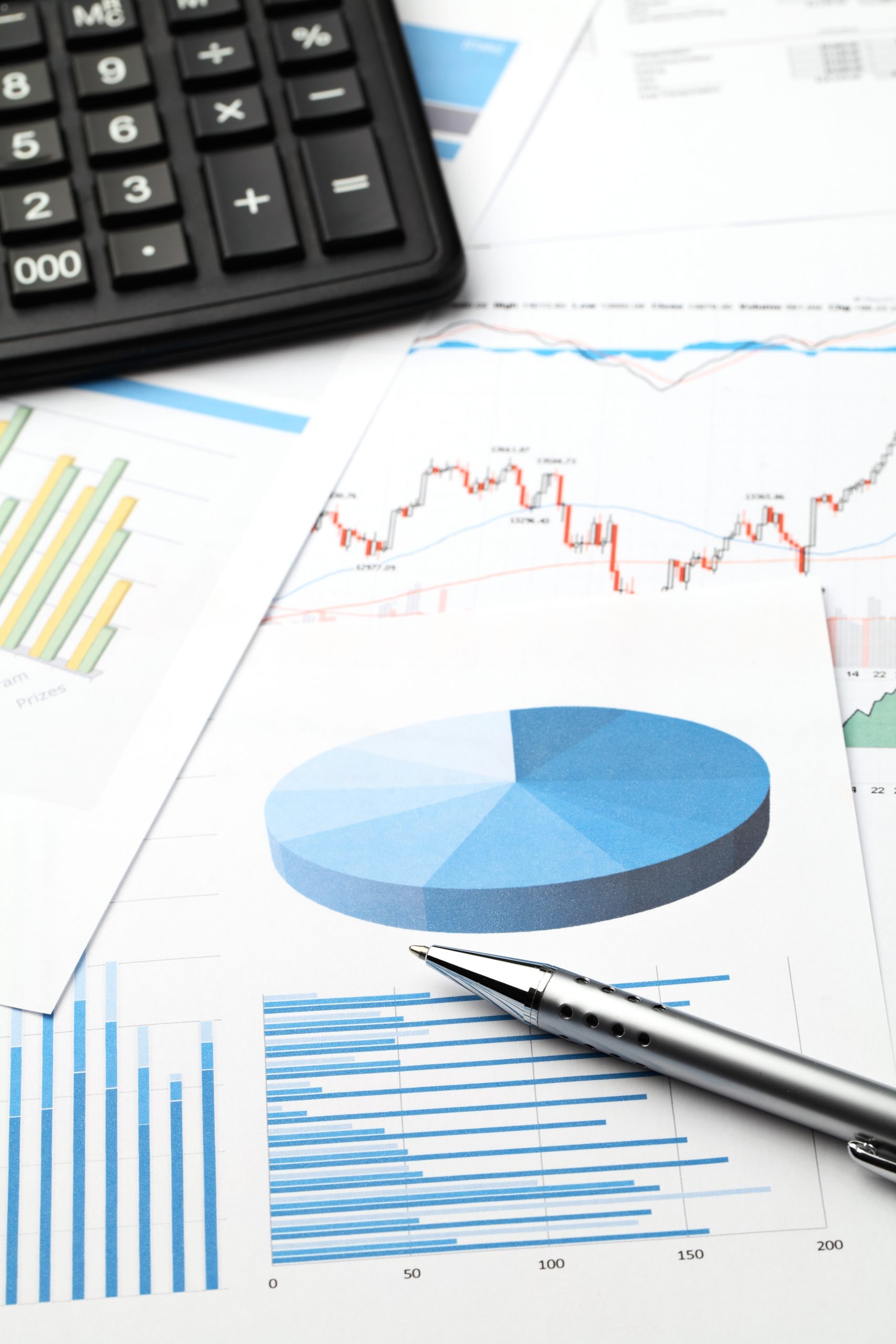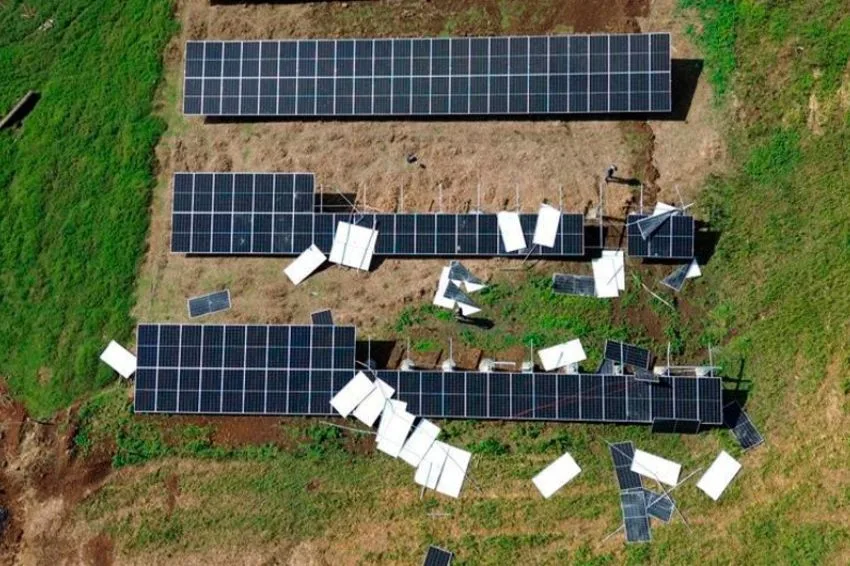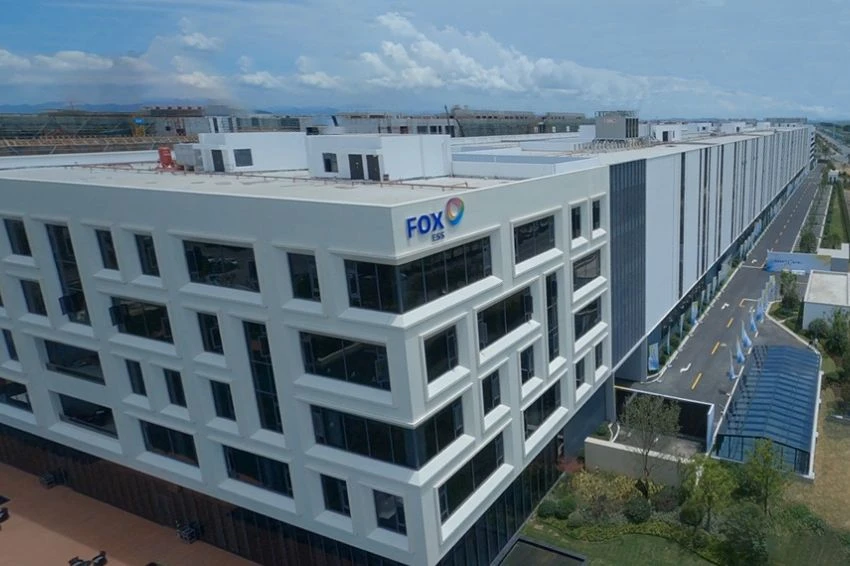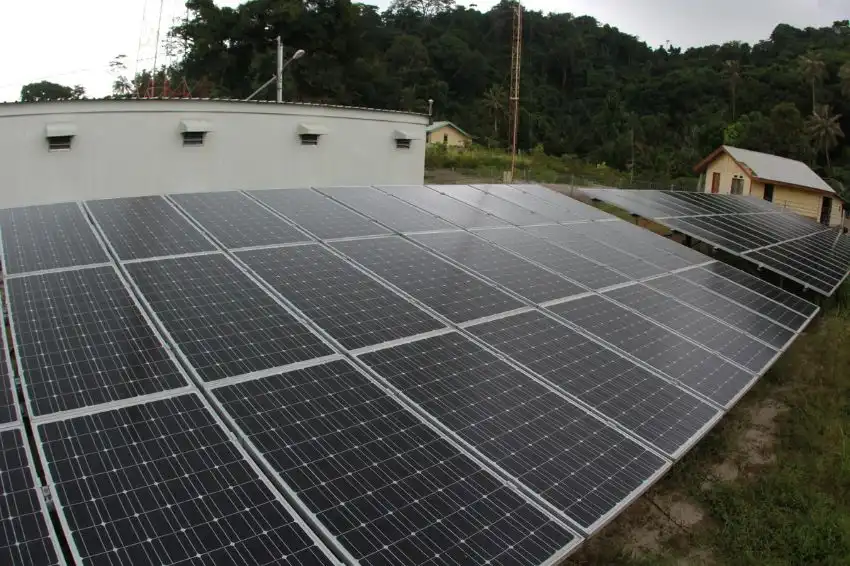Much still needs to be done when it comes to exploring the potential of photovoltaic solar energy in Latin America, despite the growth of the sector in the region. It is clear that there is a lot of work to be done and that, with massive support from governments and all segments of society, development would bring countless benefits. Some numbers relevant information were released by the World Bank, which is worth checking out in this post.
Tool measures solar energy production potential
A report released by the World Bank reveals that a fifth of the planet's population is distributed among 70 countries with high potential for exploiting solar energy. According to the document, 93% of the world's population is located in countries with favorable conditions for the implementation of photovoltaic solar energy with the potential for positive returns. This means that investment in the production of clean and cheaper energy will have a positive return in a short period of time. The data mentioned above is gathered in the Global Solar Atlas, also made available by the World Bank. This is the first tool that allows you to analyze the potential for solar energy production in each country, region or specific location. Someone might say that it took time for this service to be developed, but the benefit that the data brings to the sector is enormous.
Potential in Latin America
The numbers researched show that countries such as Argentina, Peru, Chile and Mexico have high potential for solar energy generation. In the case of Mexico, 1% of the country's total area has the potential to produce enough photovoltaic solar energy to supply the entire Mexican population. Brazil does not have specific points of high incidence, as does Mexico. Our potential is well distributed throughout the territory, starting from the central region and moving mainly to the northeast and south. Our difference is the low seasonality, that is, there are no times of high potential or production, but a potential considered positive throughout the year. However, we have already exceeded 300 thousand DG (distributed generation) systems connected to the grid, with 3.6 GW of installed power and 374 thousand consumer units.
Other determining factors for energy potential
It is noted that in addition to the solar source, the growth potential of the solar industry is determined by electricity needs, supportive or restrictive policies. There is also an influence on costs and return time, climate-related risks, stability of electrical networks and predictability of solar energy supply. Not to mention the interconnection of networks that allow transmission and distribution, in addition to other technical, social and economic factors. Therefore, photovoltaic solar energy tends to remain economically attractive even in countries with relatively low potential for solar resources. This is due to the prevalence of high electricity prices or high daytime peak consumption load in industry. We know that many countries are less developed in terms of reliability of electricity supply and access. In these places, there is a tendency towards a very high solar photovoltaic potential, previously unexplored.
World Bank wants more investments
Access to data like this informs investors about how much potential can be explored and on what scale. The World Bank's interest is to make it easier for investors to make decisions about investing in this sector. The World Bank's Energy Sector Management Assistance Program aims to encourage more investments in countries with great potential for solar energy production, either for reasons that geography favors, or because there is a need to improve production and consumption power. Thus, the permanent assessment of each country's potential reduces the risks of investing in this sector. It is worth mentioning that, in Brazil, this market has already accumulated R$ 17 billion invested since 2012, generating 120 thousand jobs and the certainty that there is still much to be explored.
Support by the World Bank
The World Bank is committed to supporting these countries to take advantage of the opportunity for clean, low-cost solar energy. This is possible in a way that guarantees support for economic development and job creation. Such measures may occur through the Energy Sector Management Assistance Program's Solar Risk Mitigation Initiative. The support cited covers the expansion of markets for the distribution of domestic solar systems through the initiative Global Lighting. It also extends to the establishment of mini green grids, investment in large-scale solar parks and shared infrastructure, in support of private sector development. This data represents a huge opportunity for Latin America to position itself as a solar energy hub. In addition to strengthening the economy and sustainability to face climate issues such as water crises and other demands related to humanitarian issues. The World Bank's actions are linked to development and reducing poverty in the world. Seeing the institution analyze the potential of countries for the production of solar energy and point out the sector as a vector of development, to the point of gathering data and, with it, helping investors decide on the production of cleaner and cheaper energy, just shows that We are on the right path when we work to provide greater access to solar energy-related equipment and technology. To learn more about financing options for solar energy projects for distributed generation, Click here.
















